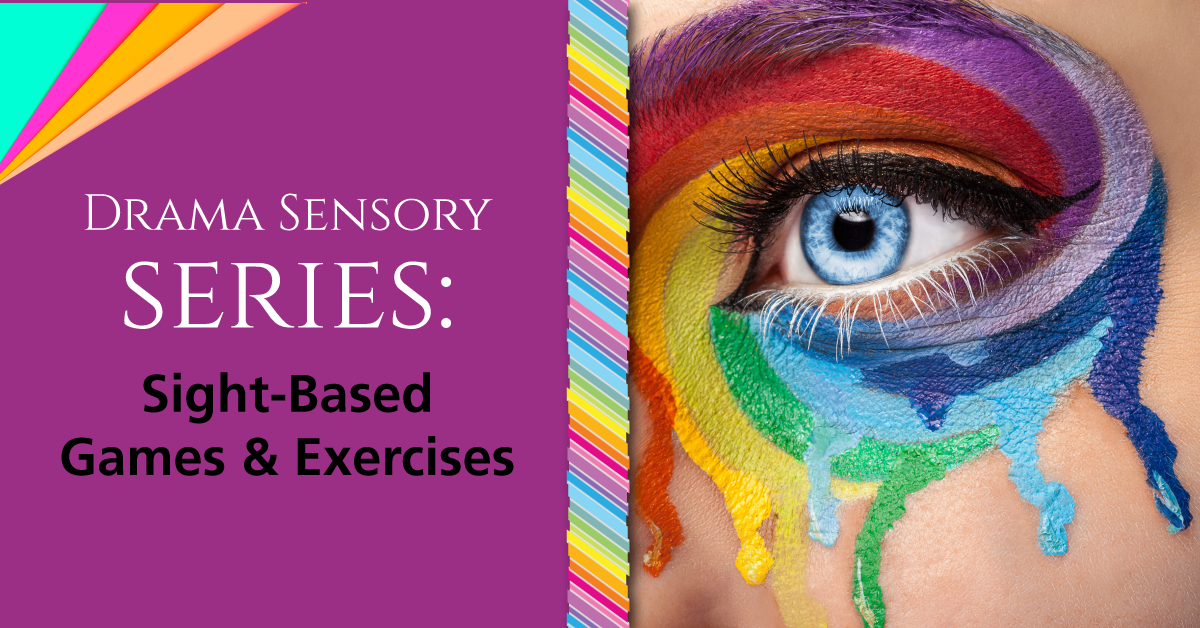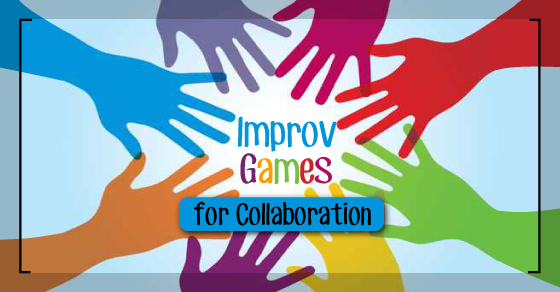Horror Movie 101: Failing Can Be Deadly by Steven Stack is a chilling mix of horror and humor - perfect for student performers and the spooky season! 👻
Drama Sensory Series: Sight-Based Games and Exercises
This month, we’re going to be using the five senses (sight, hearing, taste, smell, and touch) as the basis for exercises and theatre games. This week, we’re looking at sight-based exercises: observing, watching, imitating, and focusing on performance aspects that we can see. Here are five exercises to try with your students that use sight as their focus, with five additional exercises in the giveaway below.
1. The mirror exercise is a great starting place for sight-based theatre exercises. Students must watch each other carefully in order to accurately match their partners’ movements.
Once students are doing well with mirroring in place, have them do a shadow walk, observing their partner’s movements around the room so they can imitate them as precisely as possible.
2. Create tableau scenes using photographs as a basis for the scene. Divide students into small groups. Have one student act as director and demonstrate to each group member how they have to stand or sit in the tableau scene.
For an added challenge, give directors a time limit for how long they can look at the photograph (e.g., 10–30 seconds) or how many times they can come back to look at the photograph (e.g., a maximum of three looks), and then have them direct the rest of the group from their memory of the photo as best they can.
3. Use observation as a writing prompt. Have students go to a location with a lot of small group conversation, such as the hallway or cafeteria. Observe people talking with each other, but don’t listen to what they’re saying. Write a scene or inner monologue of one of the people, based on what you observe visually.
4. More advanced students can use observation to create a character from their surroundings, using inanimate objects as a prompt. Have them silently observe an empty classroom or hallway for three minutes, then return and create a character inspired by something they saw; for example, a cracked tile, a forgotten backpack, a light flickering. Write a monologue or scene based on that object or image.
As an extension, have students get up and perform the scene or monologue they wrote, or improvise a monologue or movement piece based on the character they’ve created through their observation.
5. Have students observe each other performing scenes or improv work, and give each other feedback specifically focused on what they saw visually. For example, they can comment on the performing students’ physical movements and gestures, facial expressions, blocking choices, or use of props/costumes/set pieces/lighting, but not on aspects like vocal volume or clarity or use of music or sound effects, which are hearing-based feedback notes.
If students need help giving feedback, these resources might be helpful: Effective Peer Feedback, Giving and Receiving Feedback, and Giving Feedback with Kindness.



